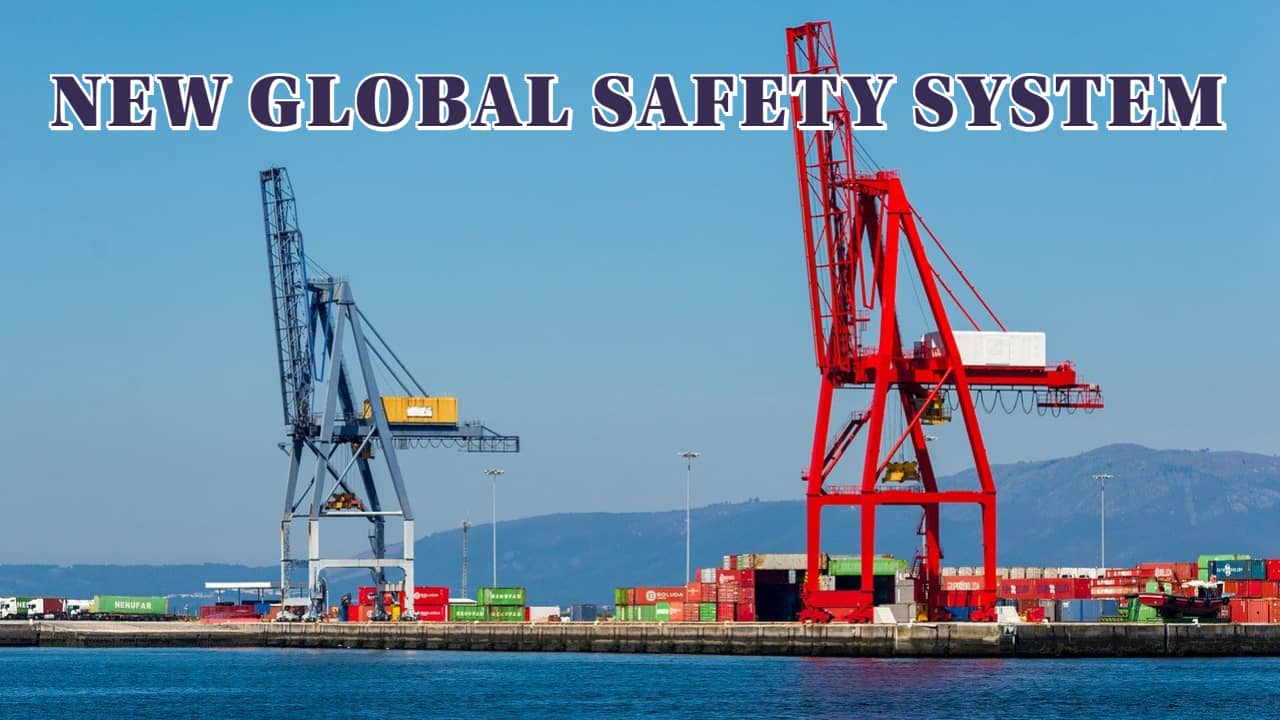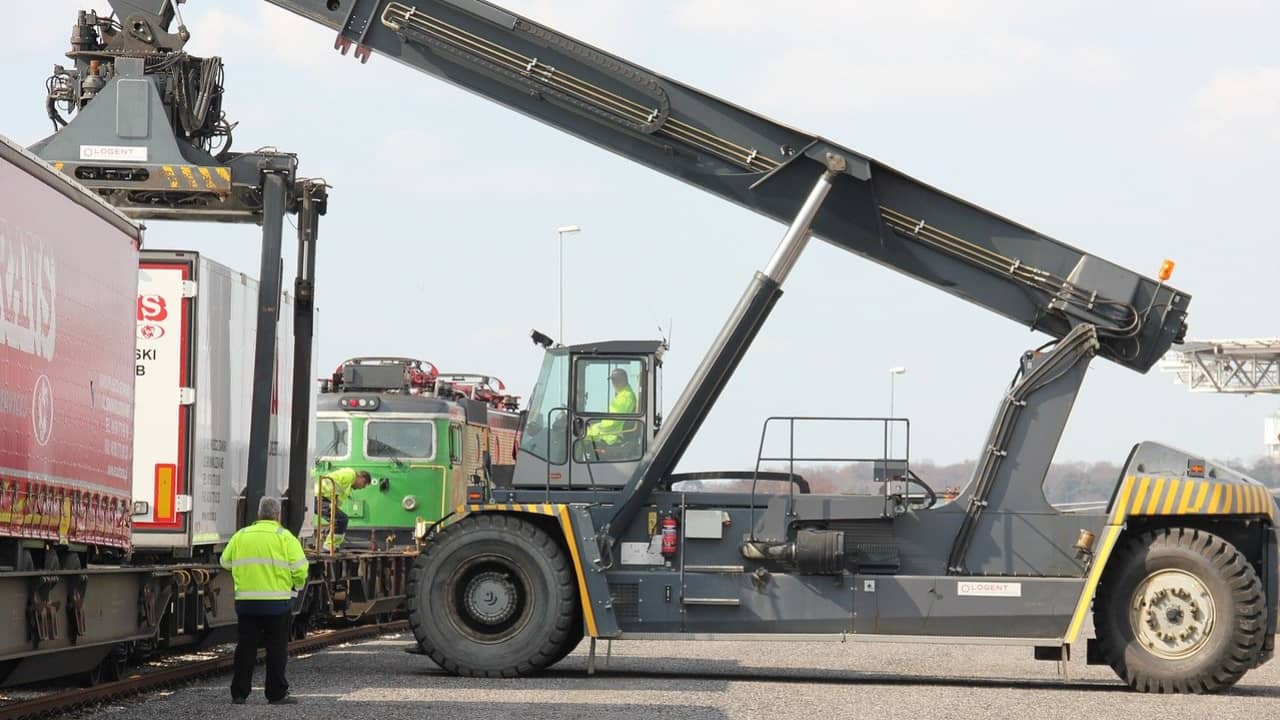
Who Will Pay Penalties for Misdeclaring Cargo Weight (VGM)
5-minute read
Four years after the introduction of VGM (verified gross mass) rules to deal with the dangerous problem of mis-declared containers, one could be forgiven for thinking the issue of overweight boxes had been eradicated.
Not so, it appears, even though things have improved greatly.
In January this year a container stack collapsed on board the Aotea Maersk due to mis declarations impacting on the stack’s stability.
This is the vessel that launched the advent of 9600-TEU “big ships” into New Zealand when she called into Tauranga in 2016 on her run from West Coast South America to Asian Ports.
That collapse caused Maersk to react by introducing a US$100 penalty per bill of lading for variance between weight declared by a shipper and what is proven to be the actual weight.
Effective June 1, Maersk introduced a new global safety system in which it will verify and compare the declared weight.
Checks are performed to see if the discrepancy between the VGM and the weight in the shipping declaration is plus or minus 5000kg (noting that a “mis-declared” container can be one that’s underweight as well as one that is too heavy).
The checks cover whether the declared VGM exceeds the allowable payload as per its CSC Plate (its safety plate which shows data such as its maximum gross mass load weight), and whether the declared VGM is less than tare weight of the container (its unladen weight).
Any failures in these checks will result in the weight discrepancy fee being charged.
It is interesting that mis-declarations are still a problem area because it is almost exactly four years since new IMO/SOLAS rules on export container weight verification were introduced.
These bound all states that are party to the convention to a system whereby a box being loaded on to an international vessel must either have its weight verified by actual weighing, using calibrated and certified equipment, or by the shipper calculating the total weight for the box and contents.
Without a correct VGM, the box is not supposed be loaded by the stevedore.
Its introduction went fairly seamlessly in New Zealand, unlike in some other parts of the world.
Exporters, forwarders, road and rail operators, ports, shipping lines and Maritime New Zealand (MNZ) were all involved in working out the best approach to adapt to significant changes needed to our supply chain procedures.
Indeed, New Zealand adopted the regulations two weeks ahead of the official July 1, 2016 international implementation, a clever move designed to show up any areas of deficiency prior to the date when international compliance was mandatory.
The Aotea Maersk incident and the subsequent announcement of the bill of lading penalty prompted me to get in touch with Maersk to get a sense of whether mis-declarations are still a problem, here and overseas.
My Therese Blank, the line’s Area Customer Service manager – Oceania, did some digging for me and found the global discrepancy between the VGM and declared shipping instructions by greater than 5000 kg is 2%.
The majority of the containers with a weight discrepancy above 5000 kg come in between 5000 kg and 10,000kg bracket.
However, for Oceania the discrepancy rate is less than 0.3%.
It is positive to see that our local shippers are declaring the correct weight in the vast majority of cases and that we are staying ahead of the global curve.
My Therese says that by continuing to increase focus on the importance of declaring correct weights for the safety of crew, cargo and vessels, Maersk expects that the improved visibility as well as the newly-imposed surcharge will contribute to better accuracy in weight declarations from shippers.
Maersk are developing reporting tools that enable them to track performance over time to continue to drive awareness in the market and proactively reach out to shippers that are under- or over-declaring their cargo weights.

This collaborative approach to improving safety is underscored by the fact the penalty fee is only US$100, which I’d say is moderate by any standards.
To get a bigger picture of the overweight container issue in the New Zealand logistics industry, I decided to ask a few ports what statistics they had on such incidents occurring.
To my surprise it was hard to find much data.
Some ports appear not to collect statistics.
Napier, however, told me that during the last pipfruit peak season, it averaged approximately two is-declared containers a month.
Only one overweight container has been found since January.
These discrepancies are generally picked up at Napier’s container terminal gate when a container’s details are confirmed on arrival.
Administration errors, such as not including the tare weight, are the main reason for mis-declared containers, as opposed to the actual declared weight being wrong.
Many packhouses now operate their own weighbridges which helps to remove errors from the process before the box is sent to the port.
When Napier’s container teams find a box is overweight, a fee is charged and recovered directly from the exporter (not the packing location).
This charge recovers the cost of additional lifts, use of the weighbridge and extensive administrative time.
I also wondered if there were any overweight container statistics for truck movements held by the Ministry of Transport so approached them but they don’t have any data.
Weigh station checks are done by the Police and they couldn’t supply statistics immediately either, but I was invited to submit an Official Information Act request.
When I get a reply to that I’ll let readers know what data I receive.
Overall, though, from the Maersk research and the Napier report, it looks as though the mis-declaration issue is being handled well by the majority of New Zealand shippers.
This is a major change from past practice.
When the UK Marine Accident Investigation Branch investigated the MSC Napoli grounding in the English Channel in 2007, a total of 137 of 660 containers inspected by investigators were found to be above their declared weights –over 20%!
The worst was 20 tons over.

Given the dangers to life and vessels that were seen in the past, it is reassuring that most shippers are now in line with safety requirements.
Source: Shipping Gazette
P.S. Easy Freight Ltd helps New Zealand importers & exporters to save money on international freight and reduce mistakes by guiding how to comply with Customs and biosecurity rules.
➔ Contact us now to learn how we can assist you.
